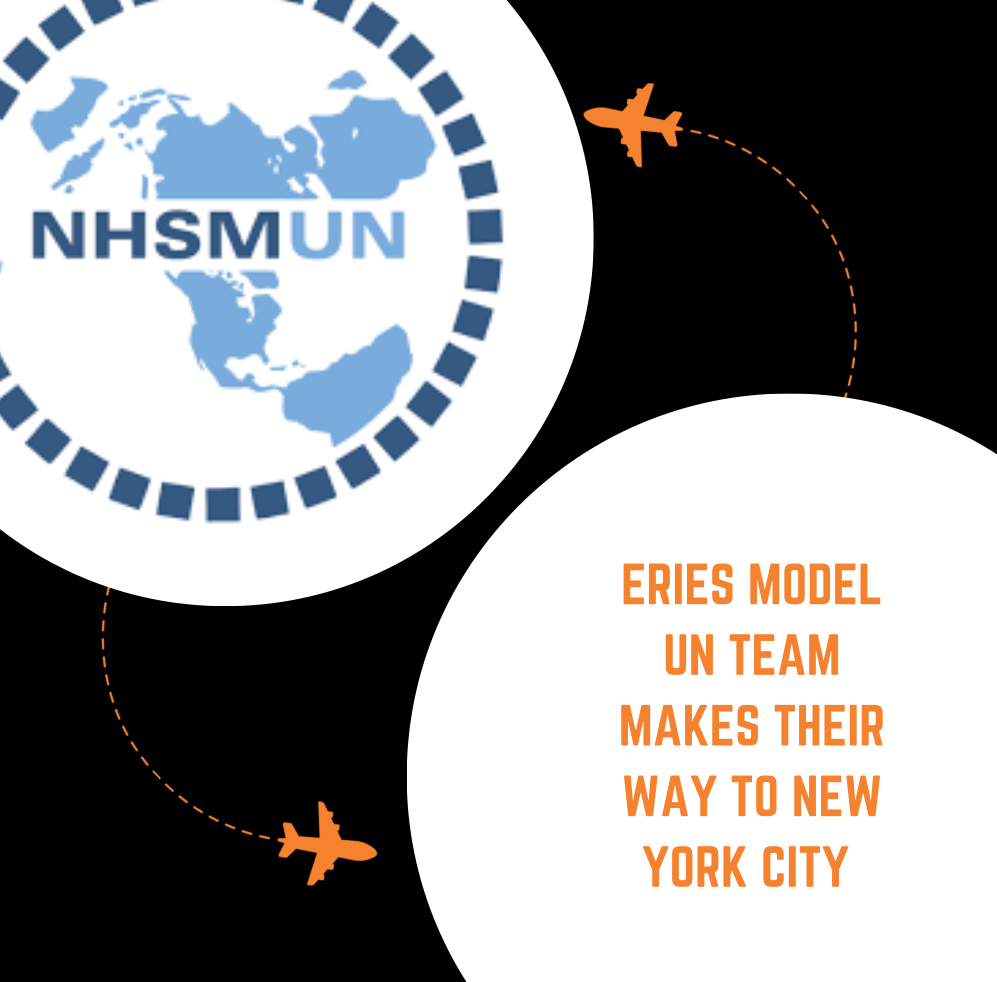Over 17,000 workers nationwide go on strike, causing major impacts to three of America’s largest domestic automotive production companies. The context, the updates, and the implications can be hard to track. Here’s the rundown on everything we know so far.
What is the UAW?
The United Auto Workers, called UAW for short, is a union organization that represents a wide range of workfields, including auto workers. They have a history that dates back to the 1950’s with an active involvement in the social and economic affairs of workers on an international scale. In simple terms, the UAW’s mission is to advocate for the justice of workers, which has led them to affect notable social, economic, and legislative advancements. The UAW aims to maintain coordination with labor organizations worldwide and organizes acts of advocacy such as protests, walkouts, and strikes, like the U.S. is currently witnessing in the automotive industry.
What sparked the strike?
Detroit, Michigan is home to some of the top automotive manufacturers in the nation. Ford, Stellantis (parent company to Chrysler), and General Motors have their headquarters located in the state, and each of the companies has thousands of employees represented by the UAW.
In early September, the UAW put forward a number of proposals for these companies, primarily emphasizing significant wage increases. Many American workers have been struggling to cover basic expenses associated with the cost of living as a result of surging inflation, and these proposals set out to recalibrate any discrepancies. The newly initiated President of the UAW, Shawn Fain, established the end of September 14th as a deadline for the big three to respond to these requests.
A few days later, all three companies countered by proposing a slight wage increase and a few other accommodations, but the responses were insufficient compared to all the UAW’s requests. Over a Facebook Livestream on September 8th, UAW President Fain sat in front of a garbage bin labeled “Big Three Proposals”. In acknowledgement of the many other emphases outlined by the UAW which the big three did not highlight in their counteroffers, Fain referred to them as “shameful and disgusting”.
By the time September 14th rolled around, only a small fraction of the union’s requests were met. Even with the concept of a strike looming on the horizon, the big three manufacturers remained set in their negotiations. Ford Motor CEO Jim Farley told CNN it was unrealistic to meet the other proposals made by the UAW, specifically with wage increases, which he asserted would, “put [Ford] out of business.” In a public statement, General Motors CEO Mary Barra referenced an earlier UAW strike that halted General Motors plants for several weeks, urging workers to “Remember: we had a strike in 2019 and nobody won”.
At 10pm on September 14th, Fain insisted the big three’s offers were still inadequate and took to Facebook Live, saying, “UAW family, that deadline is nearly here. Tonight for the first time in our history, we will strike all three of the big three at once.”
How have the strikes progressed?
On September 15th, the UAW hosted a rally to incite pressure. “80% of our member’s demands were left off of [the big three’s] proposals,” President Fain stated. “They fall way short of where they need to be.” He asserted that while there were no definite decisions for furthering the retaliations, plans were underway that would be executed depending on the outcomes of ongoing negotiations.
Commencing strikes occurred at a General Motors factory in Missouri, a Jeep plant operated under Stellantis in Ohio, and a Ford plant in Michigan. Almost immediately, hundreds of layoffs ensued and thousands of workers were idled. Subsequent strikes were effective two weeks after initial strikes, and targeted plants that would target some of the most significant sources of revenue for both Ford and General Motors. Stellantis managed to dodge additional strikes after making adjustments that President Fain called “significant progress” in an online broadcast.
As of October 6th, Fain announced a temporary hold on further strikes after all companies of the big three made further contributions. Wage hike offers were doubled across the board. General Motors admitted to losing a whopping $200 million in the duration of the strikes thus far. Although he put the hold-off in place to commemorate progress, Fain made it clear that these settlements were ultimately insufficient. He apprised that the big three would need to satisfy more demands before the strikes ceased entirely.
Unfortunately, the brief glimmer of hope was fleeting. Just a week after strikes were put on hold, tensions rose once again. On October 12th, a senior Ford executive established that the company reached its limit. Over a conference call, head of Ford’s combustion vehicle unit Kumar Galhotra argued, “We have been very clear that we are at the limit. We stretched to get to this point. Going further will hurt our ability to invest in the business.” UAW President Fain promptly ordered a strike at a Ford truck factory in Kentucky to counter. The location generates an average of $25 billion annually, close to “$48,000 per minute” as put by Fain, making it Ford’s most profitable single operation…even on a global scale.
How have UAW strikes been affecting the EV industry?
On October 13th, Fain addressed listeners in another social media livestream, saying, “We’re entering a new phase of this fight and it demands a new approach.” Reaching the one-month mark of the conflict, 34,000 union workers across the big three automotive companies were on strike, with an additional 1,250 workers being laid off between Stellantis and Ford in recent days.
These developments are rapidly upending ambitious plans on part of General Motors and Ford, who previously revealed intentions to develop new EVs. Both companies have publicly reduced planned investments in future EV plants, and are forced to spend unexpected billions for establishing credit lines as means of insurance.
General Motors’ executive vice president of global manufacturing and sustainability Gerald Johnson published a statement discussing these impacts. “You might be asking yourselves, why can’t General Motors meet every demand Shawn Fain is asking for?” He said. “Simple answer is because we need profits to invest in our future.”
Later in October, manufacturers will report third-quarter results, which will likely reflect hundreds of millions of strike-related costs already incurred. These losses greatly impede on the big three’s abilities to develop new electric technologies.
What are the likely consequences of expanding strikes?
America’s midwest economy is largely dependent on automotive manufacturing due to the concentration of company headquarters and the dispersion of production plants located there. Detroit represents roughly 50% of the entire U.S. automotive industry.
UAW workers are currently receiving only $500 a week from the union as they are idled or laid off, resulting in millions of wage dollars being withdrawn from the economy. The reduction in monetary circulation expands capacity for further decreases in production and employment, affecting businesses even outside of the strikes, ultimately contributing to economic inactivity in the Midwest.
Breaching towards other caveats of the nation, the UAW strikes are infiltrating America’s political landscape and enabling further political division. President Joe Biden and the Biden Administration have become involved in supporting the UAW, and Republican viewpoints clash over inequalities between common workers and big business.
Recently, Shawn Fain published further statements about the UAW’s progress on social media. “This is our generation’s defining moment,” he said in a social media broadcast, “and everything we do at this moment is going to affect not just the UAW, it’s going to affect many workers in the working class throughout the whole spectrum”. The precise effects Fain alludes to will become clear as events continue to unfold throughout the coming weeks. For now, Fain and the UAW as well as the big three auto companies are remaining steadfast in their positions.













































